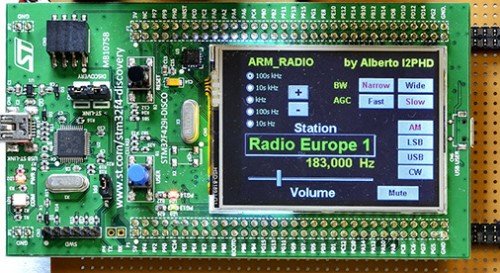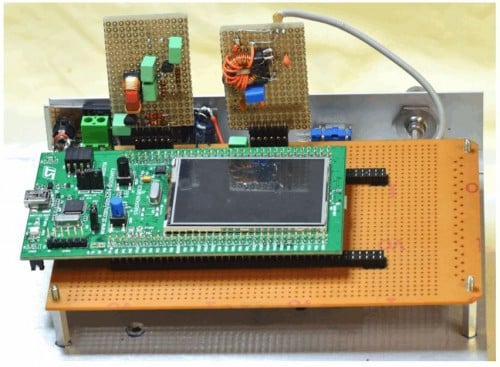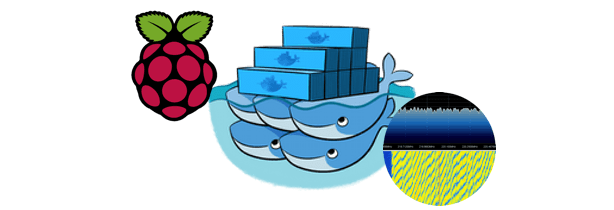An online Software Defined Radio training course
We’ve recently found what looks to be a new online video based course that uses the RTL-SDR to teach basic software defined radio topics. The course is not free, it is priced at $29.99, but the first three videos are free. Judging from the first three videos the content appears to be quite basic, but is presented in a very clear way that may be useful for beginners. Currently the lessons include:
- Course Overview
Welcome to the exciting world of Software Defined Radio. In this video, we’ll discuss what SDR is, and why it’s such a hot button topic right now.
- Setting up the environment
In this module, we’ll setup our environment for development. If you’re already very comfortable with Ubuntu, you might want to just follow the guide below.
- Browsing the spectrum
In this module, we’ll cut our teeth on GRQX, and learn a little about the radio spectrum.
- Signals Intelligence
In this module, we’ll learn how to find transmissions in the frequency domain, and capture them to disk for offline analysis.
- Modulations
In this module, we’ll learn how to identify two types of basic digital transmissions, and talk a little about the history of radio.
- Demodulation – Part 1
In this module, we’ll practice capturing signals in the wild, identifying the modulation, and demodulating the signal with GNU Radio.
- Demodulation – Part 2
In this module, we’ll learn about clock recovery. And we’ll pull out packets from the garage door remote.
It also appears that they plan to have some live classes in the future.
We note that there are also alternative SDR training courses available such as Micheal Ossmanns lessons at greatscottgadgets.com/sdr.






